-
-
Notifications
You must be signed in to change notification settings - Fork 7
Getting Started
-
Download the newest version of pdParticles from the code tab.
-
Add pdParticles to the root directory of your project.
-
In your 'main.lua' file add:
import "CoreLibs/graphics"
import "coreLibs/object"
import "pdParticles"
To create a new particle create a variable using the ParticleCircle class. Also give it an x and y position somewhere on the screen
local p = ParticleCircle(200, 120)
You can modify all of the values with the functions detailed in the classes page.
to make all particles the same size use the setSize function with 1 argument: p:setSize(1)
To make your particles vary in size, still use the setSize function but with 2 arguments to give it a range: p:setSize(15, 25)
The particle mode decides whether the particle will disappear or stay until removed. By using the DECAY particle mode, particles will shrink rapidly until they disappear. p:setMode(Particles.modes.DECAY)
Finally I will set the speed the particles move at. This one can also take in a range. p:setSpeed(3, 7)
Now we can spawn our particle by typing p:add(20) to create 20 particles with those parameters and call p:update every frame to update the particles. If you have multiple systems you can also call Particles:update() instead to update all of them.
This will create an effect that looks something like this:

There is a lot more you can do with this library with things like ParticlePolys and ParticleImages (coming eventually) so I hope you have fun messing with this

If you would like to donate to me you can here. If you want to reach out to me for any reason feel free to email me or send a message in my Discord server. Thank you :)